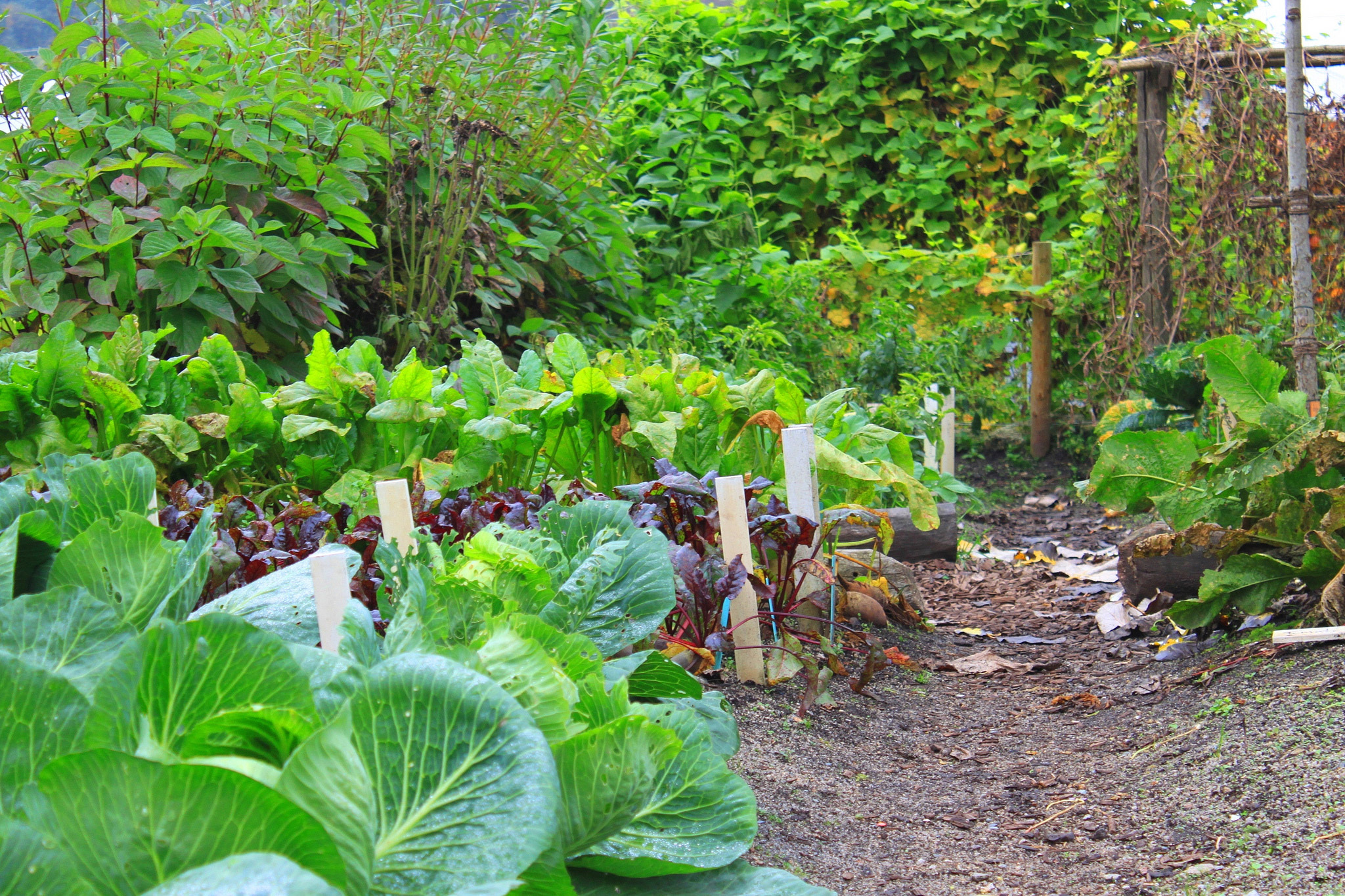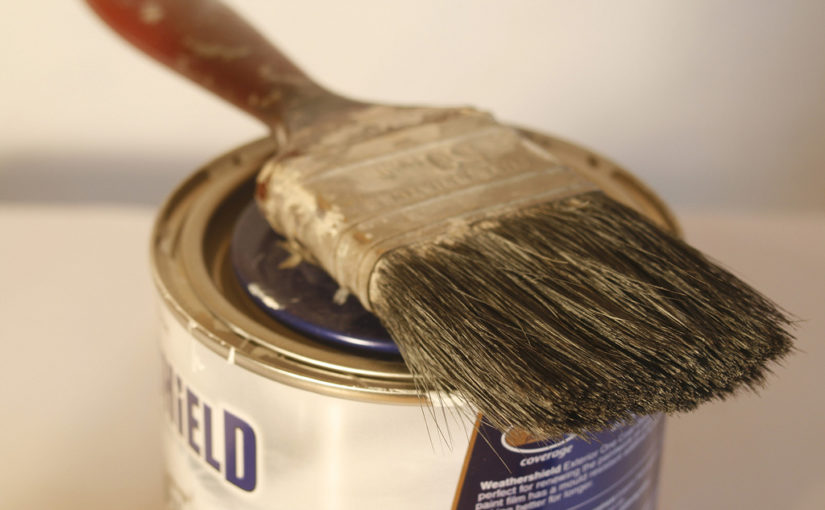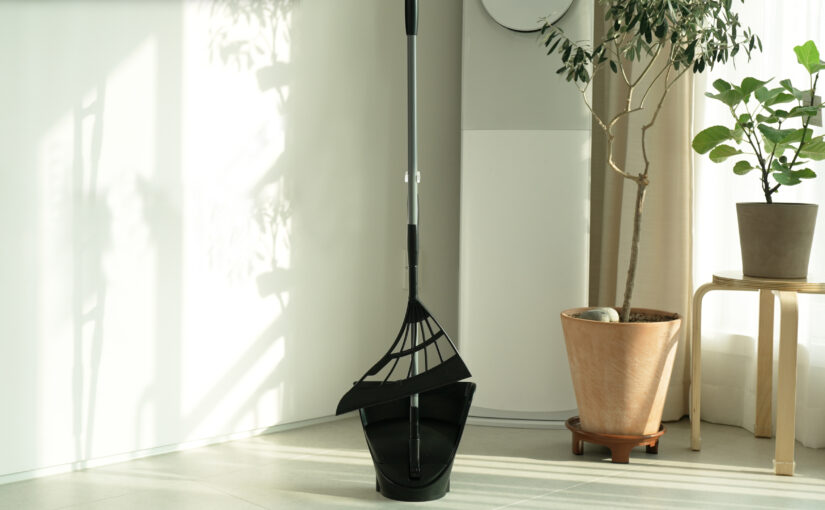
Growing your own vegetables is both fun and rewarding. All you really need to get started is some decent soil and a few plants. But to be a really successful vegetable gardener — and to do it organically — you’ll need to understand what it takes to keep your plants healthy and vigorous. Here are the basics.
When to grow your garden
Part of gardening is trying to squeeze the most out of the conditions Mother Nature gives you. It’s about a deeper understanding of what makes plants and fruit thrive, and using that understanding to make up for conditions that are less than ideal. In this chapter, we are going to discuss ways in which you can pull the best yield from your garden in all seasonal conditions. Imagine having fresh produce to contribute to the annual Thanksgiving dinner, or being the first in the neighborhood to have fresh fruit coming from your garden in the spring. These are just some of the benefits of trying to ‘extend your seasons’.
Soil prep for backyard growth
Convenience is the name of the game when it comes to the square foot gardening method, and there is perhaps no better place to alleviate hard work from your gardening routine than setting up your garden with a healthy and vibrant soil. In a typical garden, achieving this type of soil would require many hours and weekends of back-breaking work in your yard, and that’s assuming your soil is in such condition that it can even be improved! The optimized soil recipe will save you this time and trouble, so long as its instructions and ingredients are followed closely. It is important that you do not skimp on ingredients for your soil. You may think you are saving yourself a few bucks now, but you will find yourself with a disappointing, failed garden down the line. There are many places in the square foot garden method that can be “tweaked” with cost-cutting measures; your soil is not one of them.
Raised gardens
If you are wondering why go through the trouble of building boxes in the first place, we have some answers for you. After all, can’t we just apply the square foot rule to a regular patch of garden and get the same results? The truth is, probably not! The box system is very important to the health and success of your garden for a few reasons. First, it keeps your garden organized and simplified, which means you as a gardener are more likely to take good care of it in the first place. When you turn something from a chore into a joy, chances are good the activity is going to be done more! The boxes also do the hard work of keeping that special soil mix above ground and away from any pesky neighboring plants. It means you don’t have to worry about the potentially poor quality of your soil from affecting the outcome of your crops, or worry that your rich new soil mix will get washed away into the yard during heavy rains. The use of a box means it’s much easier to add features that further enhance the productivity of your garden, including shades and fences to keep out pests—including those “pests” on the bottom of your legs, your own feet. And finally, the boxes simply look nicer! They keep your yard clean, organized, and attractive. It may seem a small consideration compared to the crop yield you will enjoy, but you’ll find after you build your garden that you will appreciate the cleanliness of this system far more than the sprawl of the single-row system.
Grow up, not out
Next to intensive planting, trellising represents the most efficient way to use space in the garden. People who have tiny gardens will want to grow as many crops as possible on vertical supports, and gardeners who have a lot of space will still need to lend physical support to some of their vegetables, such as climbing varieties of peas and pole beans. Other vegetables that are commonly trellised include vining crops, such as cucumbers and tomatoes. The fence surrounding your garden may well do double-duty as a trellis, so long as the crops grown on the fence can be rotated in different years. Other kinds of vegetable supports are generally constructed from either wood or metal. However, no matter which design or materials you use, be sure to have your trellis up and in place well before the plants require its support — preferably even before you plant the crop. With some vegetables, such as tomatoes or melons, you may also have to tie the plants gently to the support, or carefully weave them through the trellis as they grow.
A continuous harvest
While there is nothing wrong with planting a garden this way, wouldn’t it be easier to plant a few seeds or transplants at a time, throughout the course of the whole growing season, rather than facing the herculean task of “getting in the garden” all at one time?
After all, a job almost always becomes easier the more you divide it up. Plan to plant something new in the garden almost every week of the season, from the first cold-hardy greens and peas in late winter or early spring, to heat-loving transplants such as tomatoes, peppers and eggplant once the weather becomes warm and settled.
Then start all over again, sowing frost-hardy crops from midsummer through mid-fall, depending on your climate. Keep cleaning out beds as you harvest crops to make room for new vegetables that will take their place. You can even interplant crops that grow quickly (radishes) alongside other vegetables that require a long season (carrots or parsnips), sowing their seeds together. This makes thinning out the bed easier later on, since you will have already harvested the quick-growing crop and given the long-season vegetables that remain some much-needed elbow room.
Another benefit of succession planting, of course, is that your harvest season lasts longer for every crop. This means that, instead of getting buried in snap beans or summer squash as your plants mature all at once, you can stagger plantings to ensure a steady, but more manageable supply of fresh vegetables.
You might also enjoy these DIY/Home Improvement Articles


